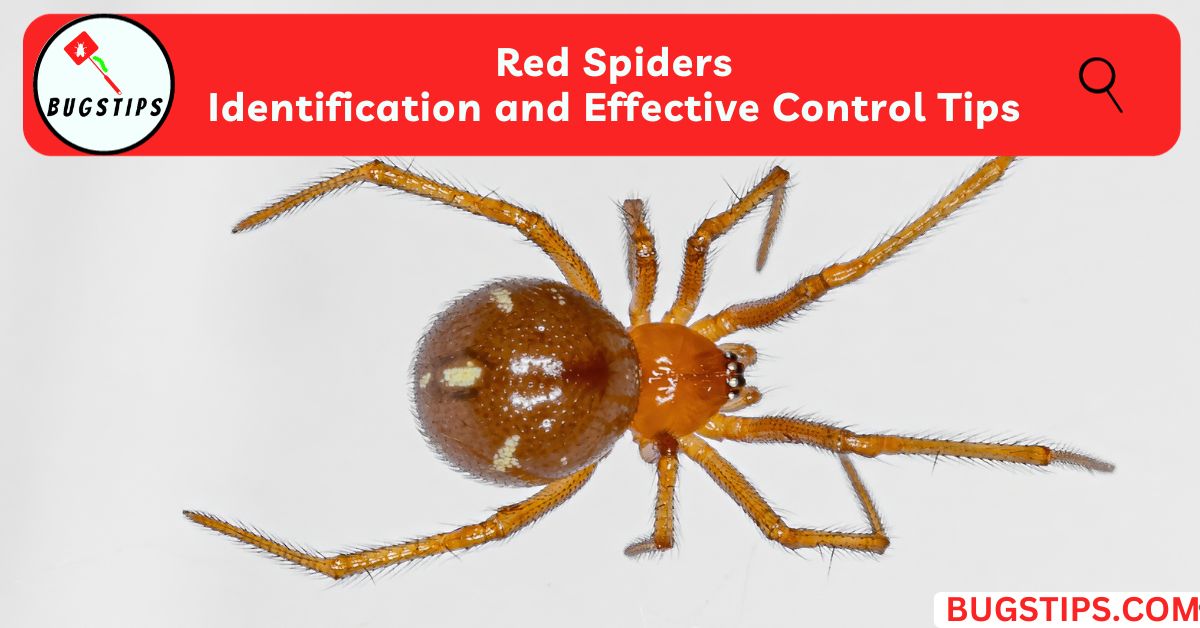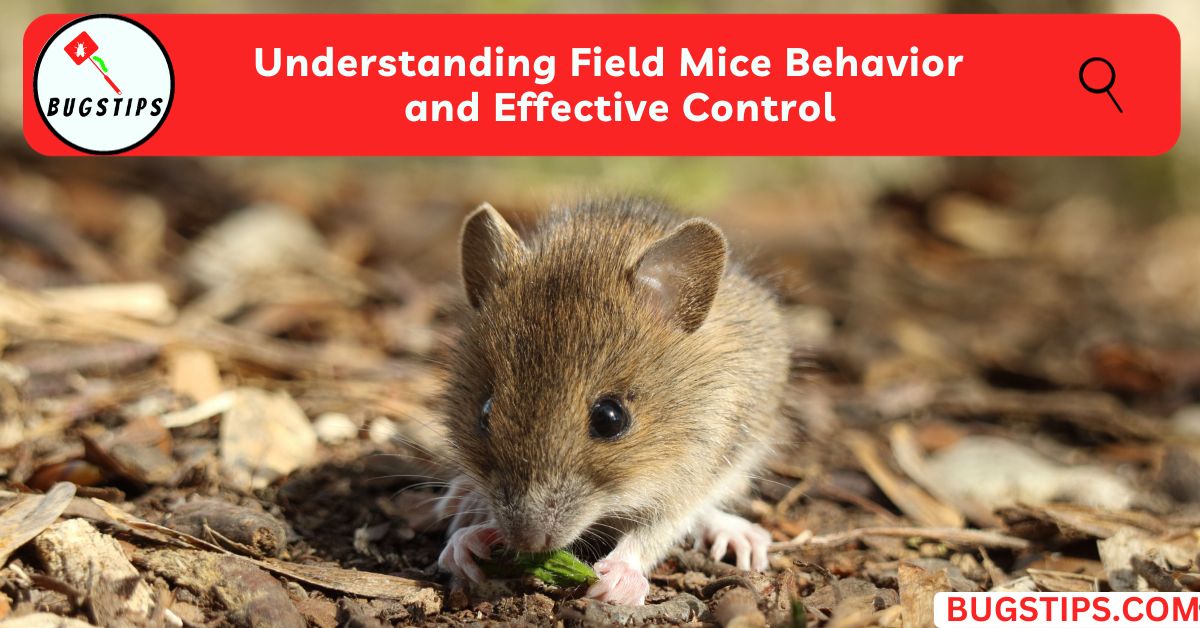This post may contain affiliate links which means as an Amazon Associate, this site may earn a small commission on qualified purchases made through links at no extra cost to you. Learn more on Affiliate Disclosure
Squirrels are cute and furry creatures often seen jumping and running from tree to tree.
But have you ever wondered what would happen if a squirrel fell from a tree? Can squirrels die from falling?
This is a question that many people may have, especially if they have seen a squirrel take a tumble.
In this article, we’ll explore whether squirrels can die from falling, how they survive falls, and what you can do to help a fallen squirrel.
So, let’s dive in and learn more about these acrobatic animals!
Can Squirrels Die From Falling?
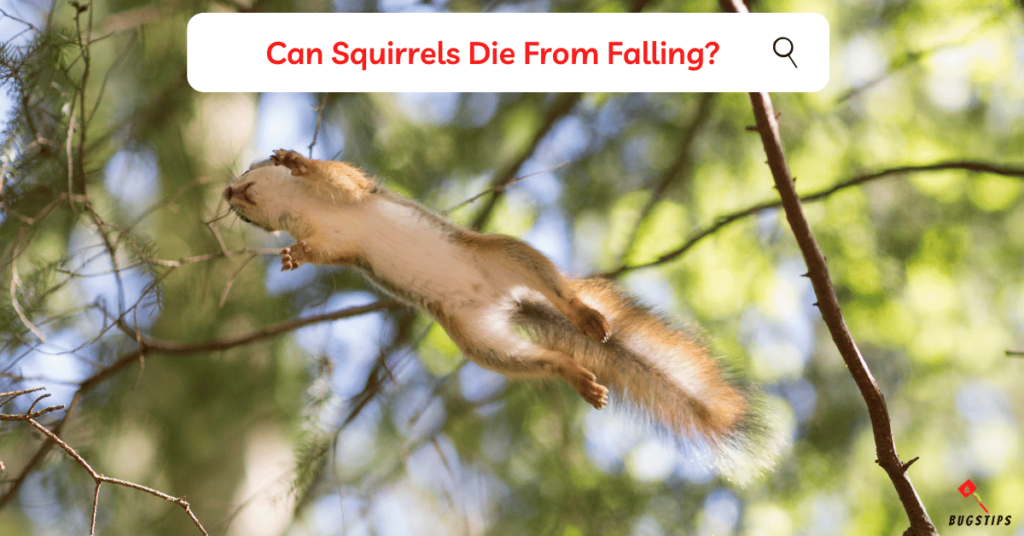
Yes, squirrels can die from falling, but it is not very common.
If a squirrel falls from a great height, it may be killed instantly. The main danger for squirrels, when they fall, is that they may hit their heads on objects and suffer severe injury or death.
Squirrels are naturally agile and can survive falls from high distances if they don’t sustain serious injuries.
They have a built-in ability to adjust their bodies while falling, which helps them to land safely.
Additionally, their small size and lightweight nature make it easier for them to fall without sustaining injuries.
However, if a squirrel falls from a great height or hits their head on objects, such as branches or rocks, they may suffer severe injury or death.
Related Article – Where Do Squirrels Sleep
How Squirrels Survive a Fall
Squirrels are surprisingly adept at surviving falls. They have a few tricks up their sleeves that help them regulate their descent, resist the force of gravity, and land safely.
They land like superheroes, defying the laws of physics and gravity in the process.
- One of the main reasons squirrels can survive falls is due to their surface area to body mass ratio.
- Squirrels have a relatively large surface area compared to their body mass, which helps them slow their descent and regulate their fall.
- Squirrels also have a low terminal velocity, which means they can fall from a height without sustaining serious injury.
- This is because they are lightweight animals, and their small size helps them resist the force of gravity when they fall.
- Additionally, squirrels are fluffy, which helps to slow their rate of descent even further.
- They spread their bodies out when falling, almost like a parachute, which helps to increase air resistance and slow their fall.
- They also have a unique ability to glide through the air, which helps them land safely.
- They use their tails as stabilizers, moving them around to adjust their balance and direction as they fall.
When squirrels are in a controlled fall, they use a technique called "the splat" to land safely. They spread their limbs out wide to increase air resistance and hit the ground like a bushy-tailed pancake. This helps to distribute the impact of the fall over a larger surface area, reducing the risk of injury.
You May Also Like – Squirrel Poop vs Rat Poop: A Detailed Comparison
Can Baby Squirrels Survive a Fall?
Baby squirrels are more vulnerable to falls than adult squirrels.
Their climbing and jumping skills are not fully developed, making them more prone to accidents.
If a baby squirrel falls from a significant height, it may not have the experience or physical capabilities to land safely.
While the outcome of a fall for a baby squirrel can vary depending on several factors, it’s important to remember that these tiny creatures are fragile and may not bounce back as easily as adults do.
A fall from a height can be especially dangerous for baby squirrels, as they are more fragile than adults.
The impact of the fall can cause serious injuries, such as broken bones or internal damage.
That being said, baby squirrels are not completely defenseless. They have a few strategies that can help them survive falls.
For example, baby squirrels are often born in nests high up in trees, which helps protect them from predators and other dangers.
The nests are usually lined with soft materials, such as leaves and twigs, which can help cushion a fall.
Additionally, baby squirrels have a natural instinct to curl up into a ball when they sense danger or are falling. This can help protect their vital organs and reduce the risk of injury.
If you come across a baby squirrel that has fallen from a nest or tree, it's important to handle them with care. Avoid touching them with your bare hands, as this can transfer your scent to the baby and potentially cause the mother to reject it. Instead, use gloves or a towel to pick up the baby and place it back in the nest if possible.
You May Also Like – 16 Powerful Scents That Repel Chipmunks
How Fast Can a Squirrel Fall?
When a squirrel falls, it quickly accelerates until it reaches its terminal velocity. This is the maximum speed at which it will fail, regardless of the height of the fall.
The squirrel achieves its terminal velocity in the first few seconds of its fall, meaning it will hit the ground at the same speed whether it falls off a tree, cliff, or building.
The fastest speed a squirrel can reach during a fall is around 26 to 29 feet per second, which is equivalent to about 20 miles per hour.
This is much slower than the terminal velocity of larger animals, such as humans or elephants, which can reach speeds of over 100 miles per hour.
Squirrels are able to slow their rate of descent and reduce the impact of their fall through a technique known as the “parachute effect.”
This is further enhanced by their large bushy tails and body fur, which help to significantly reduce aerodynamic drag.
The tail and fur act like a parachute, increasing air resistance and slowing the squirrel’s fall.
You May Also Like – Can a Spider Die from Falling?
How High Can a Squirrel Jump?
The height a squirrel can jump varies depending on the species.
The Eastern Gray Squirrel, for example, is known to jump to heights of around four to five feet and can jump horizontally for around seven to ten feet.
The squirrel’s oversized back legs play a crucial role in its jumping ability, as they are roughly twice as long as its front legs.
This allows the squirrel to generate significant explosive power in a short amount of time.
Additionally, squirrels use their tails as a counterbalance while jumping, which helps them to land safely and maintain their balance.
How Far Can a Squirrel Fall Without Dying?
The height from which a squirrel can fall without dying will depend on various factors, such as the surface it lands on and whether it hits any objects on the way down.
In general, a squirrel can fall from a height of up to 100 feet without sustaining fatal injuries.
This is due to their natural agility and the ability to use their bodies to absorb the impact of the fall.
However, it’s worth noting that falls from even lower heights can result in severe injuries or death if the squirrel lands on a hard surface or hits an object on the way down.
You May Also Like – 20 Impressive Fox Sounds You Need To Hear
Can a Squirrel Die From Falling From a Plane?
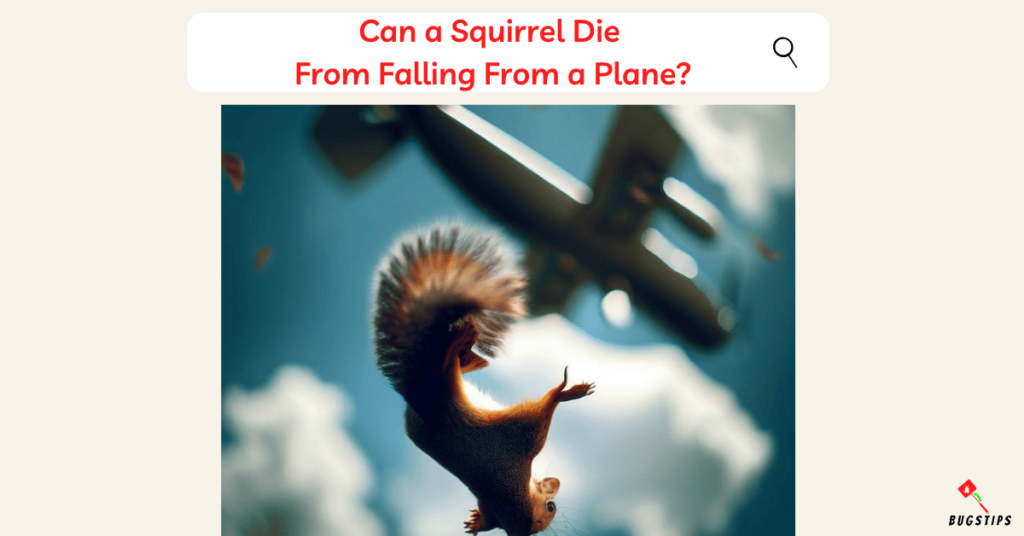
It’s highly unlikely for a squirrel to fall from a plane as they are not able to climb aboard planes in the first place.
However, in the rare event that a squirrel somehow made its way onto a plane and fell out, the fall would most likely be fatal due to the high altitude and speed of the plane.
Additionally, the change in air pressure and temperature at high altitudes could also cause severe injury or death.
It’s important to note that this scenario is highly unlikely and should not be a cause for concern for anyone.
You May Also Like – Do Moles Have Eyes? Mystery of Moles’ Vision
How Do You Help a Squirrel That Fell Out of a Tree?
If you come across a fallen squirrel, it’s natural to want to help.
Here are some steps you can take to assist a squirrel that has fallen out of a tree.
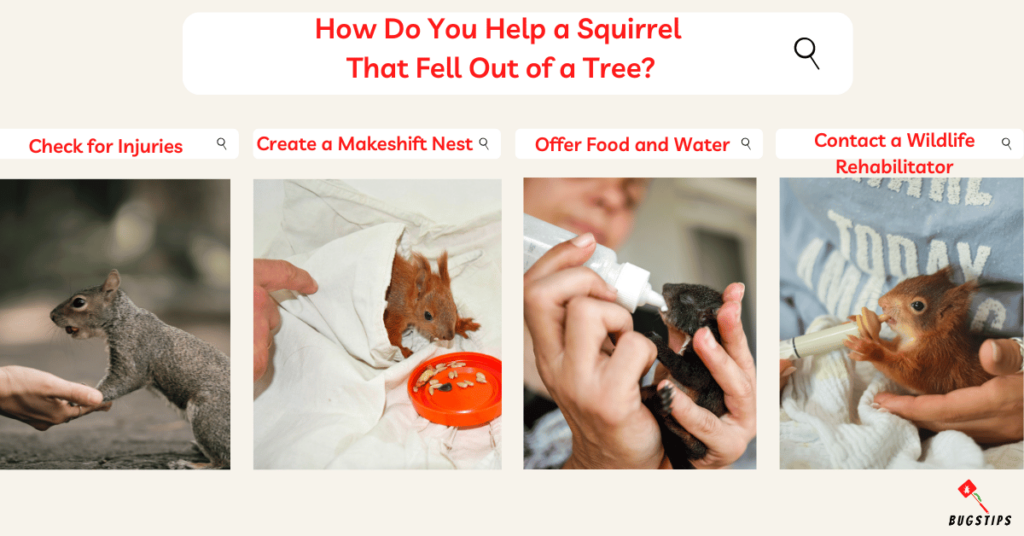
Check for Signs of Injury
- Before taking any action, it’s essential to assess the squirrel’s condition.
- Check for any visible injuries or signs of distress.
Create a Makeshift Nest
- If the squirrel appears uninjured and is just in shock, and If you suspect it is a baby squirrel, creating a makeshift nest may be the best action.
- Find a small box or basket and line it with soft, warm materials like leaves or cloth.
- Place the squirrel inside the nest and keep it in a warm, quiet place.
Offer Food and Water
- If the squirrel is conscious and alert, you may offer some food and water.
- Water can be provided in a shallow dish, and food can be a small piece of fruit, nut, or vegetable.
- However, it’s essential to avoid feeding the squirrel cow’s milk, bread, or other human foods, as they can be harmful.
Contact a Wildlife Rehabilitator
- If the squirrel is injured or a baby squirrel appears to be abandoned or in distress, it’s crucial to contact a licensed wildlife rehabilitator immediately.
- These professionals have the expertise and resources to care for injured or orphaned squirrels properly.
When you spot a fallen squirrel, approach cautiously and maintain a safe distance. Watch the squirrel to see if it's moving and whether it seems hurt or not. Sometimes baby squirrels are left alone by their mothers for short periods, so it's important to observe the squirrel's behavior before taking any action.
You May Also Like – What Do Raccoons Eat?
Final Thoughts
Falls can be dangerous for squirrels, and while they are naturally adapted to life in trees and are agile, they can still suffer severe injuries or even die if they fall from great heights or collide with obstacles on their way down.
Despite this, squirrels have evolved to survive in various environments and can survive falls from relatively high distances of up to 100 feet, as long as they don’t hit any objects on their way down.
If you find a fallen squirrel it’s always best to seek professional help from wildlife rehabilitators they are trained to handle injured animals and can provide the best care to ensure the squirrel’s safe recovery and eventual release back into the wild.
By understanding the risks of falls and how to help fallen squirrels, we can all play a part in protecting these fascinating creatures and ensuring their safety and well-being.
FAQs
Do squirrels always survive falls from trees?
No, while squirrels are skilled at surviving falls, they may not always survive from great heights or under unfavorable conditions.
Can squirrels parachute with their tails to avoid injury?
Yes, squirrels use their fluffy tails as a parachute, spreading them out during falls to slow down and land more safely.
Do squirrels get injured when they fall?
Squirrels can get injured from falls, especially if they fall from significant heights or land on hard surfaces.
How high can squirrels jump from tree to tree?
Squirrels can jump from tree to tree, covering distances of around four to five feet vertically and seven to ten feet horizontally.
How far does a squirrel have to fall to die?
Squirrels can survive falls from up to 100 feet, but falling from excessive heights can be fatal.
Can you save a squirrel with a broken leg?
Yes, if you find an injured squirrel, contact a licensed wildlife rehabilitator for proper care and treatment.
Can squirrels survive terminal velocity?
Squirrels have low terminal velocity, allowing them to survive falls from considerable heights.
Do squirrels ever slip?
Squirrels may slip or lose their footing at times, but their agility helps them recover quickly.
Can a squirrel survive a fall from the Empire State Building?
No, a fall from such extreme heights would be fatal for a squirrel due to the impact force and lack of survival adaptations at such altitudes.
Resources – (for further reading)
McGill University – Squirrels can survive a fall from any height, at least hypothetically
University of Nebraska Omaha – Research Uncovers How Squirrels Learn to Leap, Parkour, and Land Without Falling


